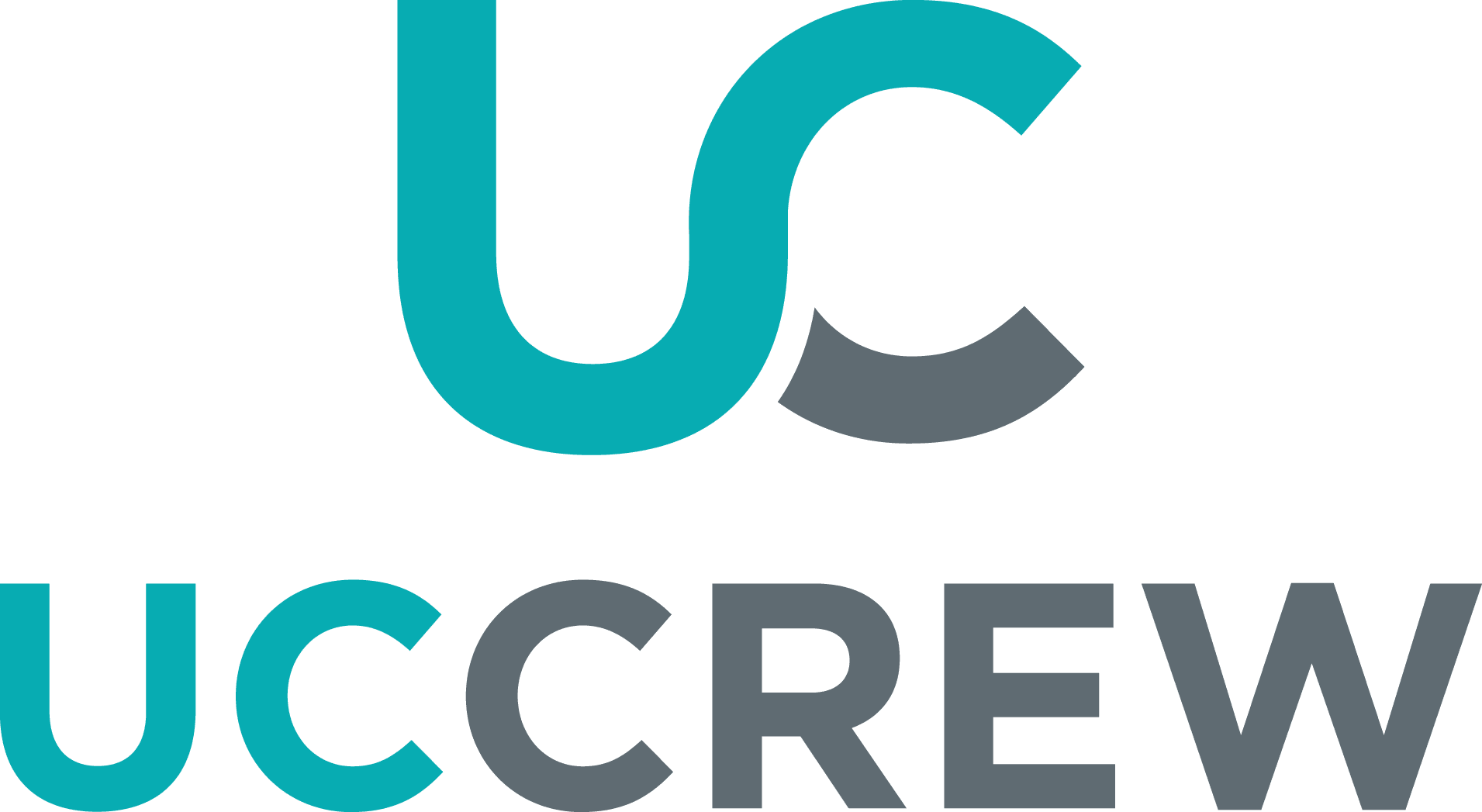Security is paramount in this ever-evolving digital landscape. With the cost of cybercrime reaching $8 trillion in 2023, the need for robust protection has never been greater. Digital footprints in the form of sensitive business data and personal information are growing exponentially, leading companies to seek powerful security solutions. That is where Zero Trust Architecture is rewriting the rules of cybersecurity.
Keep reading to dive into the importance of Zero Trust Architecture and how this powerful strategy helps safeguard your digital assets.
Zero Trust Architecture Unveiled
The conventional security mindset is no longer sufficient. Businesses need to think about how their employees work from home, which might not be as safe as when in the office. The Wi-Fi at home might not be set up in the most secure way, like in the office. Without a system like a zero-trust framework, it’s hard to maintain the business’s security.
Zero Trust Architecture operates on the principle of “never trust, always verify.” This means that every entity—whether inside or outside your network—must continuously prove its identity before accessing resources. It thrives on the following key principles:
Least-Privilege Access
When it comes to accessing sensitive areas, less is more. With the principle of least-privilege access, you grant only the tiniest slice of access needed for each task. By doing this, you’re putting up walls against potential damage if an account gets compromised. It’s like handing out a special key that can open just one door, keeping the rest of your house secure.
Micro-Segmentation
By dividing your network into segments, you’re making sure that if one part gets hit, the damage doesn’t spread like wildfire. You can also tailor permissions for each segment based on specific roles and responsibilities. This prevents unnecessary exposure and limits the potential damage that a compromised account could cause.
Employing micro-segmentation not only enhances the network’s security but also streamlines incident response. When you have isolated segments, it’s easier to pinpoint and address breaches swiftly.
Continuous Monitoring
Continuous monitoring involves closely monitoring how users behave, what devices are doing, and the traffic flow. This constant vigilance helps spot anything unusual right away.
It acts like a traffic camera stationed at every junction, overseeing the movement of data packets. If there’s any sudden increase in traffic or data starts moving in directions that it usually doesn’t, the system flags it.
Terminate all Connections
Some technologies, like firewalls, check files as they come in. But if an issue is found, warnings might come too late. A good zero-trust solution stops every connection, so a special checking system can look at all the data, even the hidden kind, in real-time—before it gets to where it’s going. This prevents things like ransomware and harmful software.
Strong Authentication
Strong authentication mainly involves multi-factor authentication. It is a multi-layered approach that demands more than just a conventional password for entry. It combines factors such as something you know (like a password), something you possess (such as a physical token), and something you inherently are (like a fingerprint or facial recognition), ensuring that only those who have complete information can access your digital domain.
Data Encryption

With the growing interconnectedness of digital networks, encryption ensures that your data remains secure, whether transmitted across continents or stored on remote servers. Data encryption scrambles your information so that even if someone tries to peek, they can’t make sense of it. So, when sending important messages, data encryption changes them to a secret code only the recipient can understand.
Minimized Attack Surface
A minimized attack surface focuses on eliminating unnecessary entry points, such as ports, services, and applications that aren’t essential for normal operations. This proactive measure reduces the avenues through which attackers could gain access. Refining access control policies to ensure that only authorized individuals or processes can interact with specific parts of the network is one of the strategies used to minimize the attack surface. You can also turn off unused software or use network segmentation to mitigate risks.
Benefits of Using Zero Trust Architecture for Your Business
Here are the key benefits your business can reap from implementing Zero Trust Architecture:
Enhanced Security Posture:
The “never trust, always verify” approach followed by Zero Trust Architecture (ZTA) eliminates the notion of a trusted internal network and treats every entity, whether inside or outside the network, as potentially untrusted. By continuously verifying identities and behaviors, ZTA significantly reduces attacks and makes it harder for malicious actors to infiltrate your network.
Protection Against Insider Threats
Whether intentional or accidental, internal threats can be just as detrimental as external attacks. ZTA’s principle of least-privilege access ensures that employees and users have only the minimum access required to perform their tasks. This limits the potential damage caused by compromised accounts or insider threats, as unauthorized access is curtailed.
Adaptable to Remote Work
The traditional security model built around a fixed perimeter becomes less effective in an era of remote work and cloud-based services. ZTA’s focus on verifying every access request aligns seamlessly with the dynamic nature of modern work environments, ensuring that users must consistently prove their identities regardless of location.
Compliance Alignment
Compliance with industry standards and regulations is non-negotiable for businesses operating in regulated industries. ZTA’s rigorous access controls and continuous monitoring facilitate compliance efforts by enforcing strict security measures and providing audit trails.
Future-Ready Security
ZTA’s adaptable nature ensures your security framework can evolve alongside emerging threats. This future readiness is crucial in a digital environment where new attack vectors constantly emerge.
Scalability and Cloud Compatibility
As businesses expand and migrate to cloud environments, their security needs must evolve as well. ZTA’s architecture accommodates scalability and seamlessly integrates with cloud-based services, ensuring security remains intact even as your business grows.
Implementing a Trust Architecture requires a strategic approach and careful planning, but its benefits to your business’s security posture are substantial. Partnering with experts like UCCREW can ensure a seamless integration of ZTA principles tailored to your specific business needs. We are a highly talented team of individuals who are always ready to up your IT game. Contact us today for more details.


